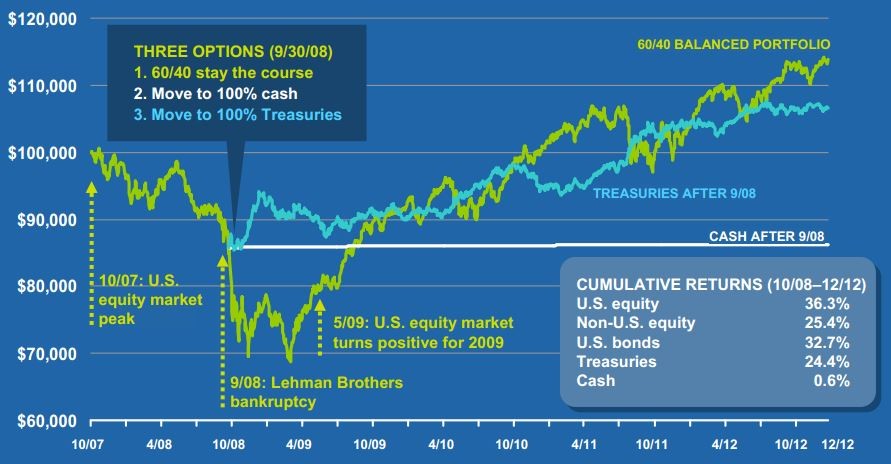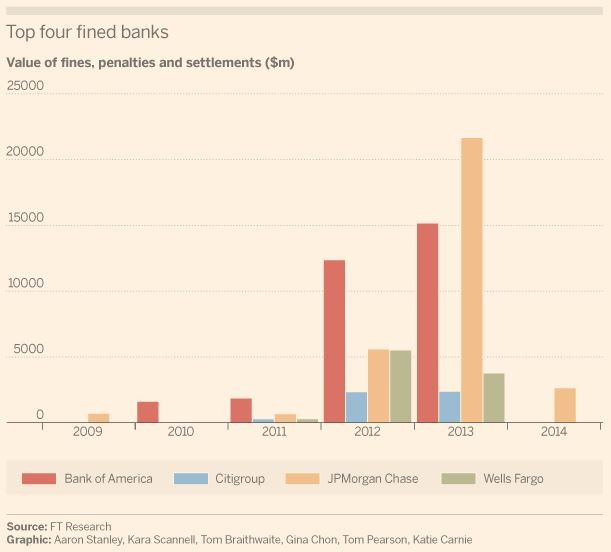The Unappreciated Risks of Unconstrained Bond Funds OBrien Greene Co
Post on: 24 Октябрь, 2016 No Comment

The Unappreciated Risks of Unconstrained Bond Funds
Ive looked over dozens and dozens of 401(k) plans lately (companies must file information about their 401(k) plan with the Department of Labor, which makes the information publicly available), and one commonality that stands out is the sheer number of plans that include one of the PIMCO bond funds formerly managed by investing guru Bill Gross. In many of the plans I looked at, the PIMCO funds served as the core fixed-income investment option. PIMCO is now net of Gross, as the Financial Times Lex column wittily put it, since he was pushed out of the firm last year due to erratic behavior both his own and his funds. But before the Bond King was deposed from the company he founded, institutional and individual investors alike herded like lemmings to Grosss funds, especially PIMCO Total Return.
I highlight PIMCO Total Return because its prominence is part of a trend that has seen the growth of so-called unconstrained bond funds. The Total Return fund isnt technically categorized as unconstrained, but like such go anywhere funds it uses opaque, highly complicated investment strategies to boost yield and appreciation. Lewis Braham, who is one of my favorite writers in the financial press, wrote about the black box nature of PIMCO Total Return back in 2009 for Businessweek in an article that is still worth reading . Braham has a classic quotation that expresses the (naive) sentiment that drove money into PIMCO, and now after Grosss tenure, albeit to a lesser extent, has driven it out:
I dont look too much at whats in there, says financial planner Ray LeVitre of Net Worth Advisory Group in Midvale, Utah, which has upwards of $5 million in the fund. Thats why we hire Bill Gross—to take care of whats in there.
It used to be the case that most investors approached bonds with the expectation of getting a modest income and a store of value. But that has changed. With interest rates artificially suppressed across the world by central banks, and deflationary demographic trends in Europe and Japan, bond yields are at all-time lows and moving into uncharted, negative territory for some issuers (e.g. Germany, Nestle). Hence the attraction of PIMCO Total Return and similar funds, which squeeze out a meaningful return at the cost of taking on more risk. Because this risk is hidden inside the funds, which use derivatives, and bonds generally retain their reputation as a safe asset class compared to stocks, most investors dont know what they own or the risk theyre taking. Like the financial planner from Utah, they expect the gurus to take care of whats in there.

The CFA Institute surveyed its largely professional readership about unconstrained bond funds, and the results are clear: wariness about the asset-class.
The CFA Institute has also published a short piece about the risks of unconstrained funds. Even conceding the relatively unscientific nature of the poll, its safe to say that the ordinary 401(k) plan participants who are investing in PIMCO Total Return and similar bond funds, have no idea about what theyre doing, and neither do most corporate plan sponsors, who nevertheless have a fiduciary duty under ERISA regulation to select and monitor the plans investment options as a prudent expert would.
Although it may be appropriate for some knowledgeable, institutional investors to adopt unconstrained bond strategies with a portion of their assets, it doesnt make sense for most investors. It certainly doesnt make sense for ordinary 401(k) savers, and it highlights the need for 401(k) plan sponsors to work with a professional investment fiduciary in designing their plans investment options.














